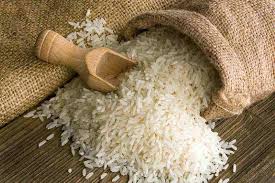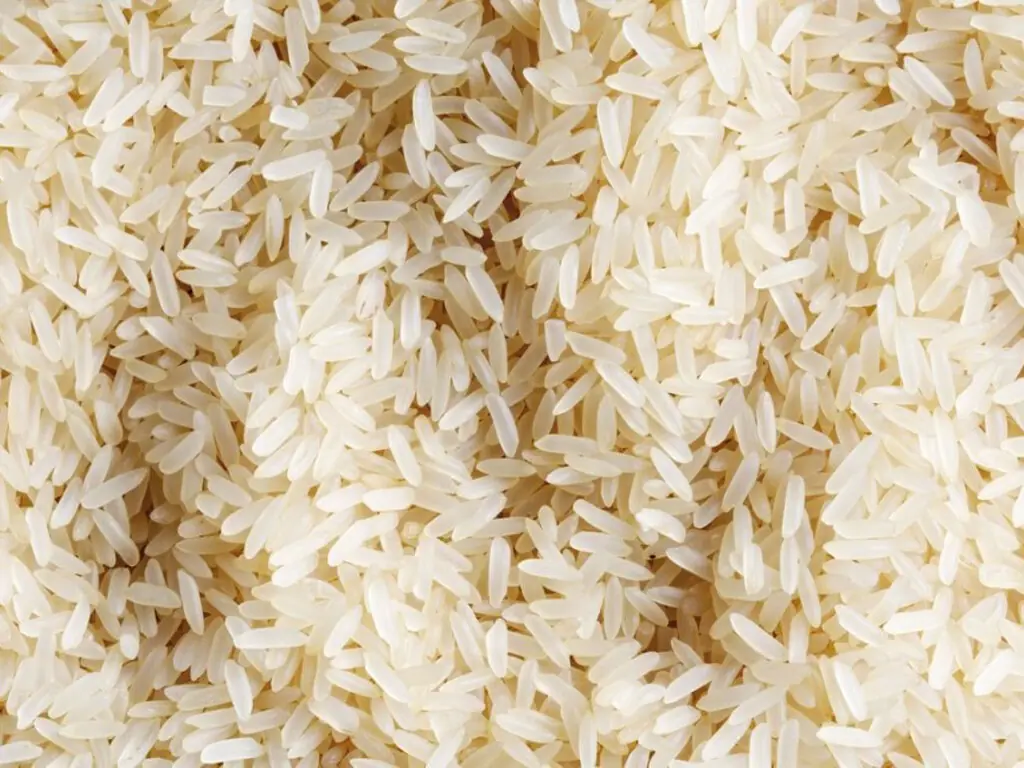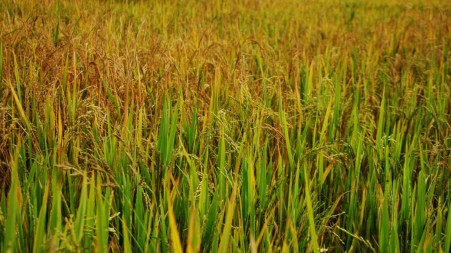Tags
Multiple market players rise leads to rice price increase during harvesting
Sponsored content

Rice supply unpredictability relative to market demand often leads to price volatility, which draws criticism toward key traders, especially millers, according to industry complaints.
In recent years, during the peak Aman and Boro harvesting seasons, paddy prices remained high instead of falling as expected, due to new traders entering the market and many farmers choosing to stock paddy in hopes of higher prices.
Regulatory limits on the amount of paddy that paddy millers can collect and store decrease their ability to meet current and future market demand. Millers also face frequent allegations of price manipulation, despite relying on external supply and price factors beyond their control.
“Many mills cannot collect and stock paddy as per their needs during the harvesting season due to financing and supply crises. The burden of interest on bank loans forces many millers, especially small and medium-sized players, to close down their mills. Failing to run competitively, some mills have been rented out. Some millers are making a profit by selling not rice but byproducts,” said Faridul Islam Faruk (33), manager of Talukder Auto Rice Mill in Shetabganj Muralipur in Bochaganj, Dinajpur, a major rice crushing hub.
The millers manage to procure paddy directly from farmers during harvesting, and later on, they have to depend on traders to procure paddy at a higher price, he told this author on July 19. On the rice price rise during the harvesting, he explained that rice changes seven hands between growers and consumers, leading to price hike in an underdeveloped market
Ideally, the millers are supposed to run mills with paddy harvested in one harvesting season until the next, but there are costs involved and restrictions that constrain business, according to Aktarul Islam (50), an entrepreneur at Uttora Auto Rice Mill, a major player in the rice crushing hub of Shetabganj. “An increase in market players at the beginning of the season and depletion in stocks of paddy in the market subsequently make paddy costlier, thus raising the price of rice. The government’s announcement of selling rice at subsidised rates or reduction in import duties and reports of imports of rice create fluctuation in price,” he added.
So, he thinks, it is not feasible for more than 13000 rice millers to form a syndicate and manipulate the price. “How can millions of farmers and thousands of traders form such a price syndicate?”
Ruling out any possibility of a cartel in rice trade, Ramchandra Gupta (42), owner of SP Auto Rice Mills and an heir of a rice trading family for five decades in Bochaganj, expressed his conviction that the shortfall in supply of paddy these days is created as a result of existing rules on stocking.
According to the rules, millers are not allowed to stock fine rice for more than 180 days and coarse rice for more than 45 days. In such circumstances, once the stocks are depleted, the mills have to purchase paddy at much higher rates, and thus production costs increase, and so does the market price of rice. “Thanks to the enhanced capacity of farmers, roughly 30 per cent of them can now stock paddy for months to get a higher price,” he said, suggesting updating rules on stocking with provisions for different ceilings of stocking depending on the capacity of millers.
A trader of paddy and maize, Tanzimul Haque (35) of Batason area in Shetabganj, alleged that sudden changes in the policy and decisions make the rice market volatile. “This results in losses incurred by people ranging from marginal farmers to consumers. Thanks to the solvency of farmers and the introduction of modern technologies, old-fashioned rice trading is no longer prevalent. Millers, too, have to buy rice directly from the farmers,” he observed.
Md Raisul Alam (53), a farmer from Atgaon, Bochaganj, had yet to sell 360 maunds (approximately 14,400 kilograms) of paddy he had produced on four acres of land. “I could have sold each bag containing 75 kg of paddy with higher moisture for Tk 1800 during harvesting. After stocking for a few months and drying it up, the cost can increase to Tk 2,100 per bag, but the price will go up to Tk 2,600 per bag or more. “All the farmers are no longer compelled to sell the entire quantity of their produce immediately after harvesting. Some new traders also joined the market forces to purchase and stock paddy in order to make a profit. Thus, paddy price increases during the harvesting season recently,” he mentioned.
Rushad Faridi, assistant professor of economics at Dhaka University, noted that allowing farmers to store paddy during harvesting benefits production, growth, and market stability, as they can supply to the market during shortages. He emphasized the need for updated rules on stocking essential items to ensure fair competition and a better-functioning market.
https://www.tbsnews.net/economy/corporates/multiple-market-players-rise-leads-rice-price-increase-during-harvesting-1201811Published Date: August 1, 2025






